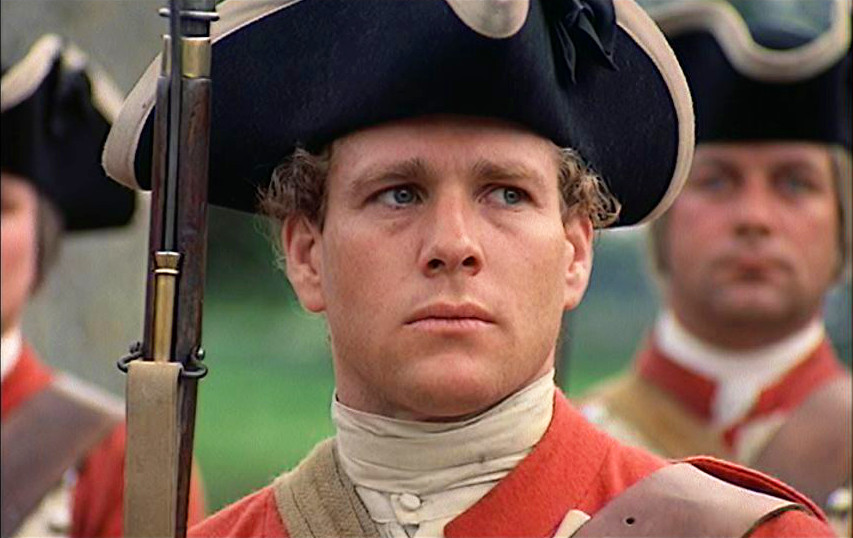
In the world of cinema, where every frame, every camera movement, every shade of light and shadow can express an emotion, there are films that astonish the viewer with their visual penetration and artistic splendor, slightly more than the others.
This list is dedicated to ten such films, each of which is unique in its content and style, and its ability to stun the viewer with visual charm. Graceful compositions, bright color harmonies, breathtaking visual effects, and impeccable camera work – all these elements recreate stories in the frames that remain forever in the memory of the viewers. Each film on this list is a revelation: from the classics of Ingmar Bergman, whose films resemble a painted canvas, to modern Wes Anderson, with his stylized and geometric world.
These films are not just beautiful pictures, but also open new horizons for understanding cinema as art. Their visual luxury does not distract from the content, but on the contrary, adds depth and multidimensionality, making the viewing experience not merely entertaining but intellectually enriching. They invite us into worlds where the visual becomes metaphor, symbol, and philosophy, giving us impressions that stay with us forever.Understanding these films opens doors to a world where cinema becomes not just a means of narration but a powerful tool for influencing human emotions and thinking, a place where directors have transformed the visual language of cinema and continue to inspire both industry professionals and audiences around the world.
Welcome to the world of visually stunning cinema.
1. The Seventh Seal (Ingmar Bergman, 1957)
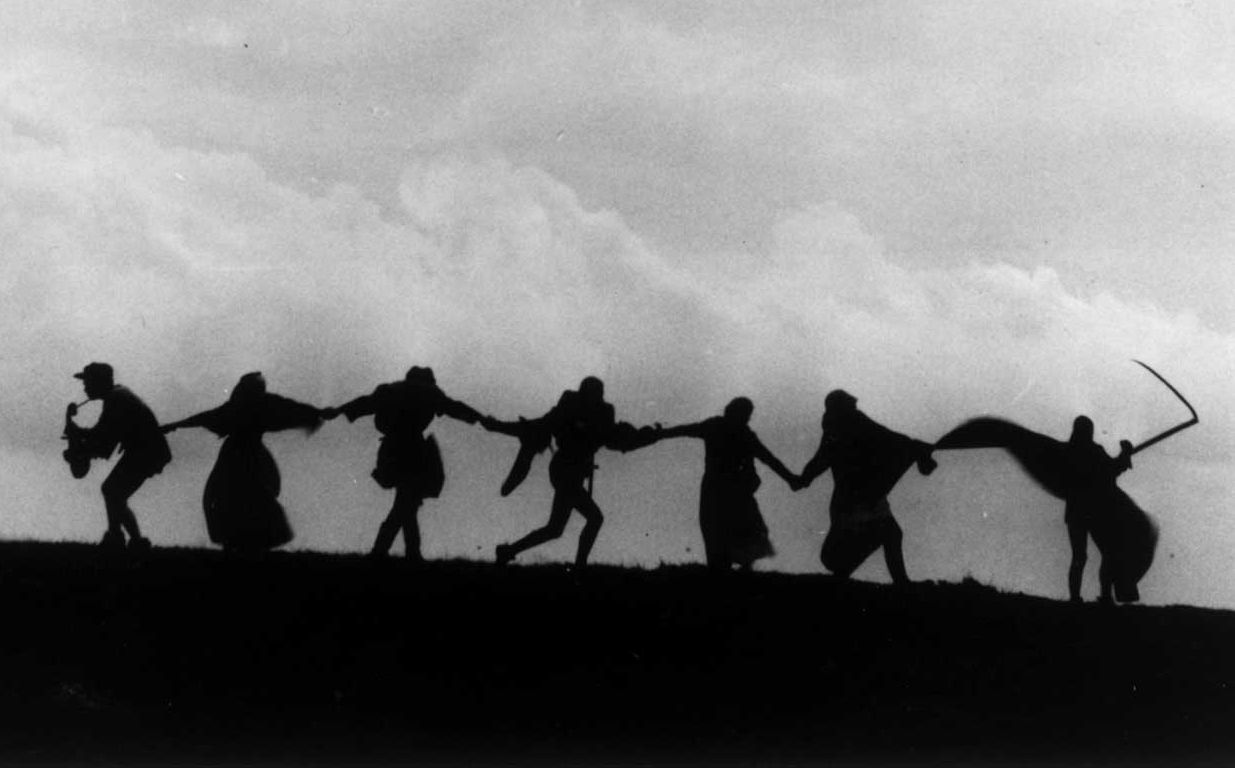
As the sun was setting on the cinematic horizon, Ingmar Bergman gifted the world with his majestic work – The Seventh Seal. This allegorical drama lifts the veil on what lies at the core of human experience: fear of death, the search for meaning, and a spiritual crisis.
Every scene, every frame of the film is filled with astonishing visual beauty. The black-and-white format makes the image even more expressive, emphasizing the contrast between life and death, light and shadow. Using symbols, such as chess, transforms ordinary objects into visual metaphors that reflect philosophical themes. Bergman calls for reflection, offering the viewer a chance to see familiar images in a new light.
At the center of the plot is the knight Antonius Block, who comes face to face with the enigmatic Death. To overcome his opponent, he agrees to play chess, opening an amazing opportunity for viewers to immerse themselves in the very essence of human existence and to grasp the profound paradoxes of life and death. Grim landscapes and meticulously crafted costumes create an atmosphere of medieval Europe, struck by the plague, and convey a sense of despair and loss experienced by the characters.
Bergman’s direction in The Seventh Seal demonstrated not only his mastery in handling visual material but also his ability to go beyond traditional cinema, turning it into something more. By making the director a monument not only to Swedish but to world cinema. Watching The Seventh Seal, one cannot help but appreciate the magnificence of cinematography and the wit with which Bergman approaches questions that have always troubled humanity. This film remains relevant even today and deserves attention not only as a visually impressive work of art but also as a deep and investigative look into the human soul.
2. Barry Lyndon (Stanley Kubrick, 1975)
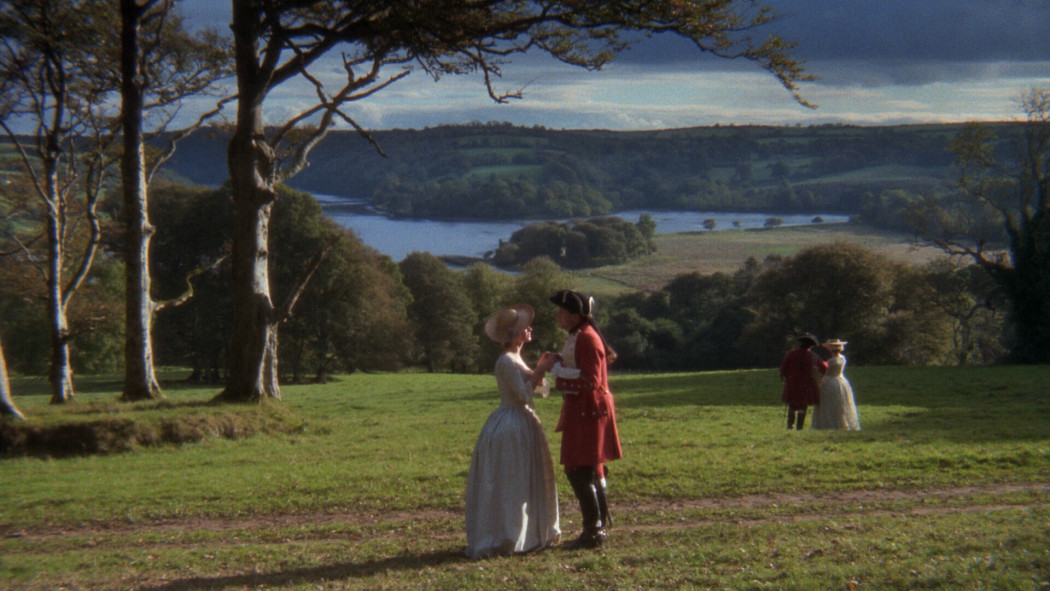
Stanley Kubrick, a master of cinema, reached unparalleled heights in his masterpiece Barry Lyndon. This film occupies a unique place in cinematography, uniting historical accuracy and visual splendor. Based on the novel by William Makepeace Thackeray, it comes alive in the viewer’s imagination. Kubrick used specialized lenses and natural light to recreate the atmosphere of the 18th century, crafting images that seem torn from the canvas of the old masters.
Presented in a 1.66:1 format, Barry Lyndon turns into a stunning visual symphony. Every scene, every glance, every shade of light and shadow are not just decorations–they are living elements of the story. With historical accuracy and attention to detail, these visual images function as bridges between characters and viewers, they do not merely adorn the screen but fill it with life.
But what makes this film so special? Perhaps the answer lies in how Kubrick managed to weave visual splendor with genuine human drama. Barry Lyndon is not just a visual spectacle, it is an exploration of ambition, rise and fall, captured in frames of extraordinary beauty. Kubrick was not merely filming, he was creating art. His ability to use images to express human experience makes Barry Lyndon an eternal work that continues to inspire and captivate the imagination.
Barry Lyndon is not just a cinematic experience, it is a journey into the heart of art and humanity. This is proof that cinema can move the soul and be a form of art beyond just entertainment. It remains one of the greatest achievements of cinematography, a beacon for all who strive to create visually stunning and meaningful works.
3. Days of Heaven (Terrence Malick, 1978)
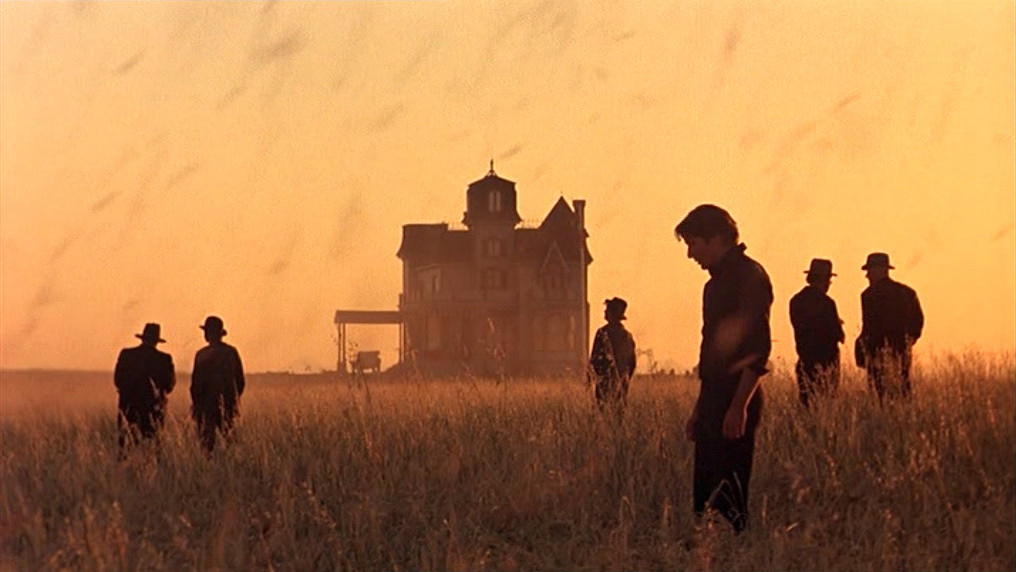
In the famous film Days of Heaven by cinema master Terrence Malick, the audience encounters something more than just 94 minutes of screen time. It is an unforgettable cinematic experience, a remarkable immersion into the world of art where every frame is like a painted canvas, and every scene is a metaphor. Malick creates an inimitable atmosphere in this work, where viewers enter to temporarily become witnesses to the lives of ordinary people against the backdrop of majestic American landscapes. Characters, portrayed by Richard Gere, Brooke Adams, and Sam Shepard, live their dramas surrounded by nature, which is not merely a backdrop but an active participant in the plot.
The unique visual aesthetics achieved through the use of golden hour filming (this period occurs after dawn and before sunset when the sunlight acquires soft and golden tones) have given the film visual depth and emotional richness, becoming characteristic features of Malick’s style. The golden hour method served as a metaphor for many themes and motifs running through the picture. It added texture and complexity to the visual narrative, making this film one of the most outstanding works in the history of American cinema. The delicate interplay of light and shadow, dynamic yet lyrical frame compositions make Days of Heaven a visually captivating film, a poem written by the camera.
Malick transcends standard storytelling, offering viewers an intellectual and emotional challenge. He draws attention to the details, emphasizing the subtle nuances of his characters ’lives, which reflect the overarching questions of humanity. The awards and honors the film has received, including an Oscar for Best Cinematography, only confirm its status as a work of art that stands alongside the iconic pictures of the past and present. Days of Heaven is a bridge between art and the audience, between the past and the future of cinematography.
4. Stalker (Andrei Tarkovsky, 1979)
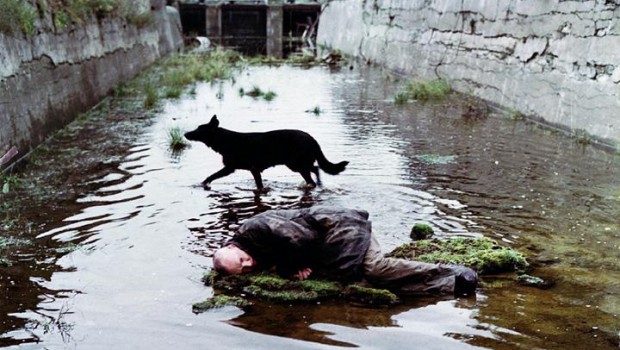
In the world of cinema, there are works that transcend the boundaries of mere spectacle and become pure art. Andrei Tarkovsky’s Stalker is a bright example of such a film. From the very first frames, the viewer is enveloped in an atmosphere of something unknown and strange. Tarkovsky plays with color, starting the film in sepia and suddenly shifting to vibrant colors, as if transporting us from one dimension to another.
This is not just a visual effect, but a bridge between worlds, a metaphor for the boundary between the known and the unknown. The film tells the story of a professional guide known as Stalker, who leads two clients–the Writer and the Professor–into the mysterious Zone. This territory is a place where, according to rumors, a person’s deepest desires are fulfilled.
The composition of the frames in Stalker is an art unto itself. In each frame, one can sense the hand of a master, positioning the elements so that they tell their own unique story. Water, reflections, landscapes – these are not just beautiful images, but symbols, signs, questions to which the viewer must find their own answers. Tarkovsky rejects traditional editing, preferring long, drawn-out shots that allow the viewer to immerse themselves in the film’s world. It hypnotizes and draws you in, as if inviting the viewer to ponder and feel this world.
The mysterious landscapes of the Zone, shot with penetrating attention to detail, become symbols of the characters ’inner experiences. These images are not merely beautiful, they are touched by the invisible hand of art, able to gaze into the very depths of the soul. Stalker is not a simple film, it is a visual poem, where each frame is a verse, and each transition is a rhyme. This film is not just a part of cinematic history, it is a milestone in the development of visual art, unparalleled in its ability to inspire and astonish. Tarkovsky created an experience that remains relevant and alive even decades after its creation. Meditation on human nature, embodied in magnificent visual images.
5. Mishima: A Life in Four Chapters (Paul Schrader, 1985)
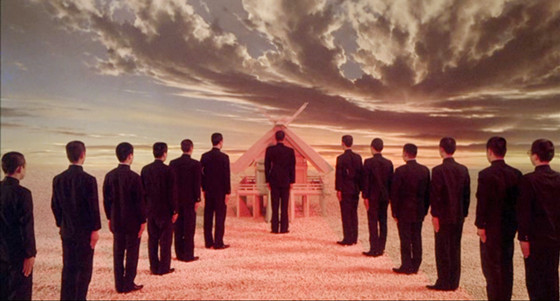
In the cult film Mishima: A Life in Four Chapters, director Paul Schrader reimagines cinema as a visual experience, that making his picture almost 40 years an example of outstanding visual art. Paul Schrader approached the life and creativity of Yukio Mishima unusually. He divided the film into four parts, in each of which he used a unique visual and narrative style. These styles reflect different eras and aspects of the writer’s life, forming a complex and multifaceted image. Creating a cult but incredibly emotional story of a man.
The journey through Mishima’s life becomes a captivating exploration of his darkest and brightest sides, allowing the viewer to immerse themselves in his brilliant mind and tragic contradictions. The beauty of the film is not only in the splendor of costumes, decorations, and Philip Glass’s music. All this intertwines into an exquisite visual canvas, complemented by complex metaphors and symbolism.
Scenes depicting Mishima’s literary works are shot with theatrical splendor, turning them into living pictures on the screen. They are permeated by Japanese culture and art, creating a bridge between traditional and modern, real and abstract. The film goes beyond the biographical genre, offering the viewer not just to learn about the writer’s life, but also to reflect on the interconnection of art and life, beauty and death, love and betrayal.
Mishima is a film that leaves a mark on the viewer’s soul. It is a visual poetic story that invites not only to watch but also to feel, think, and live together with its hero. In its bright and stunning beauty, it is a milestone in the history of cinema, showing that cinema can be not only a spectacle but also a philosophical art, touching on deep questions of human existence.